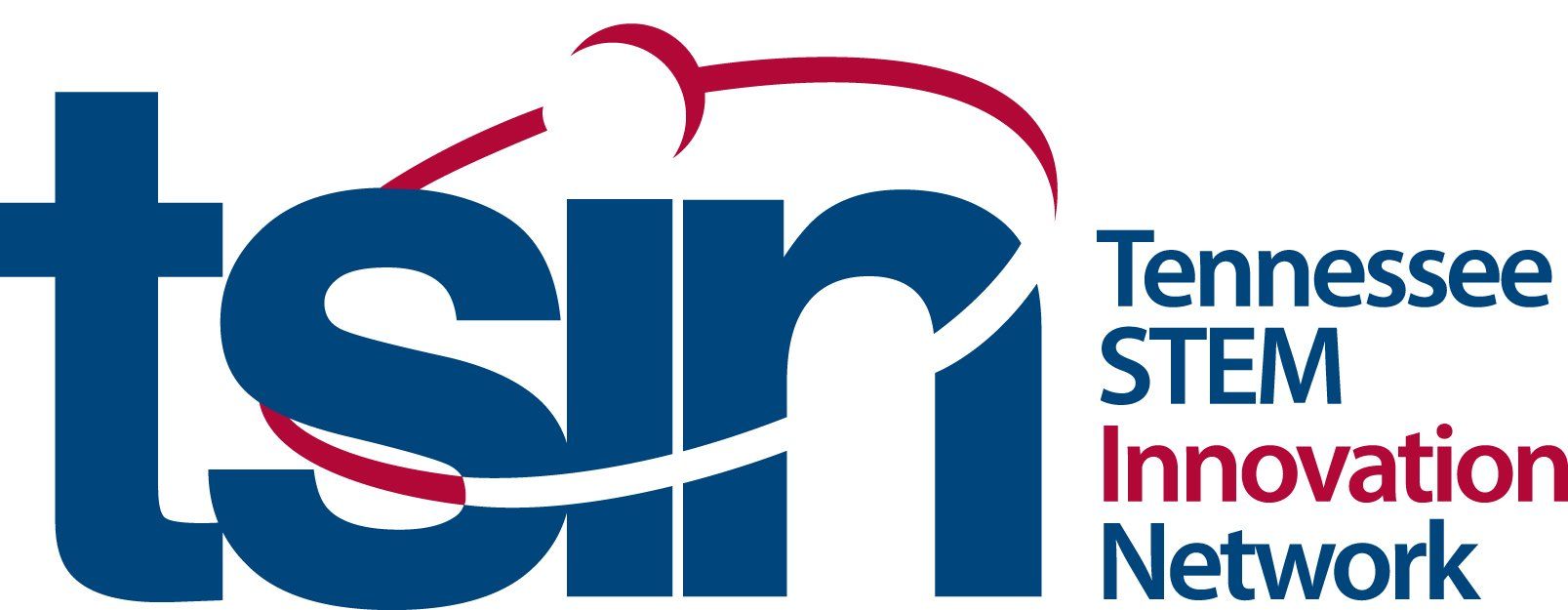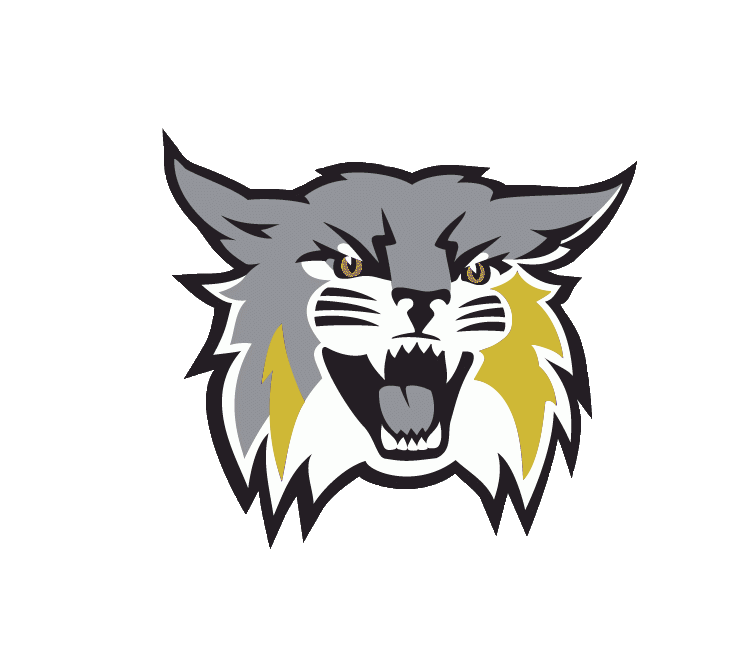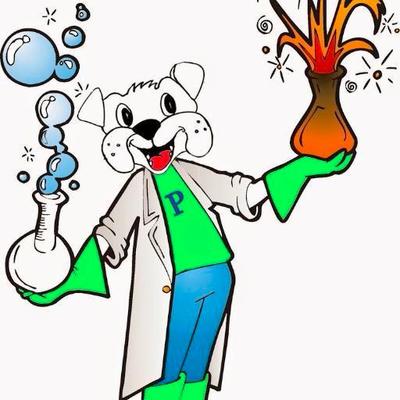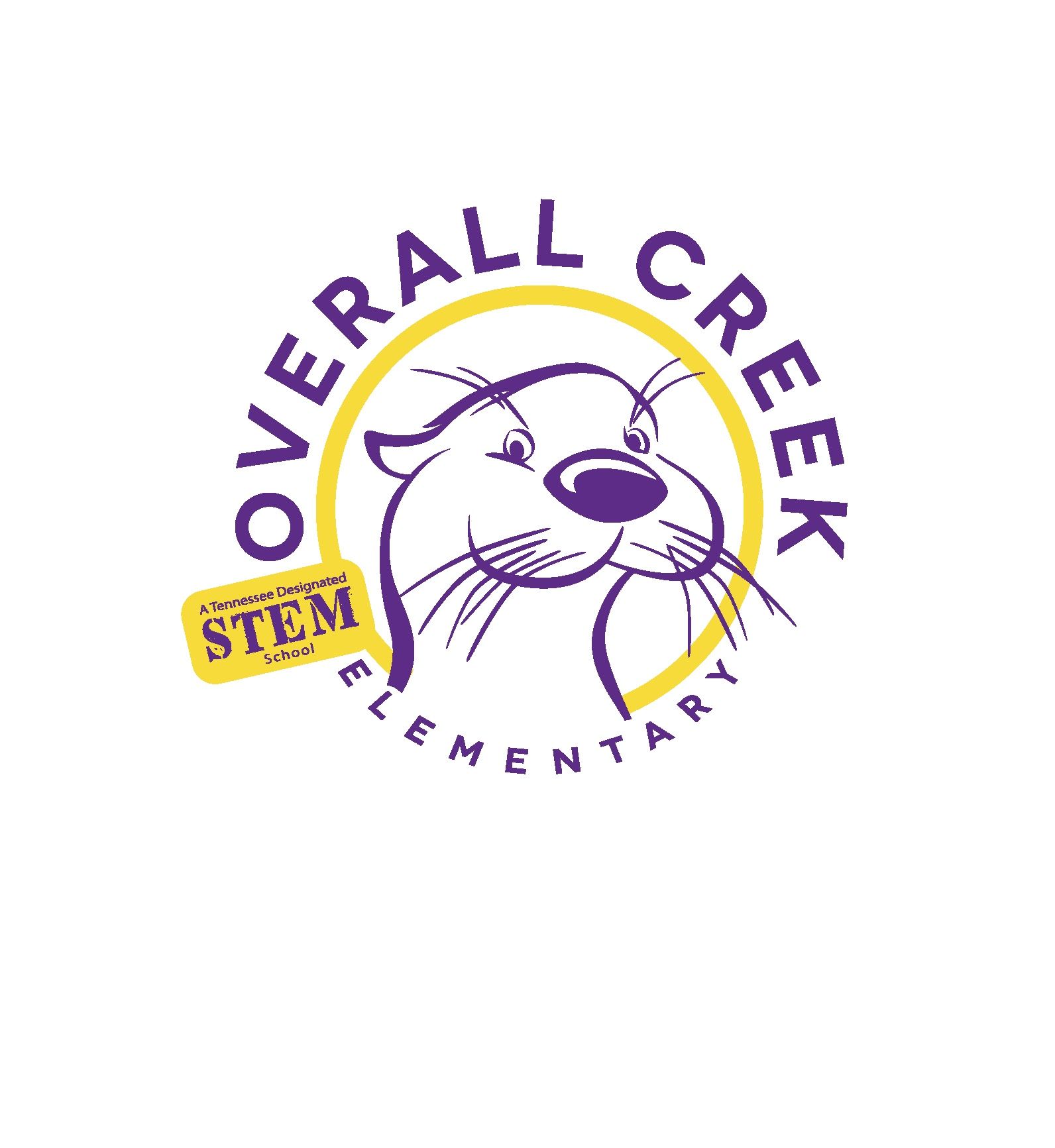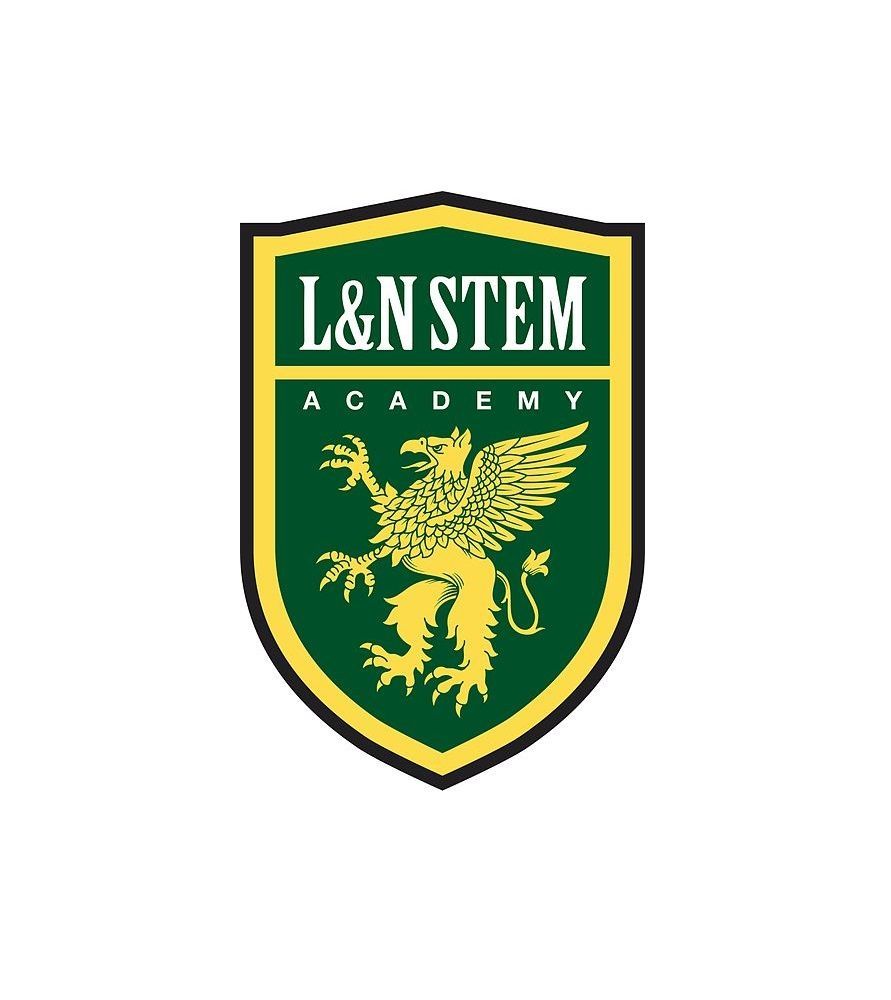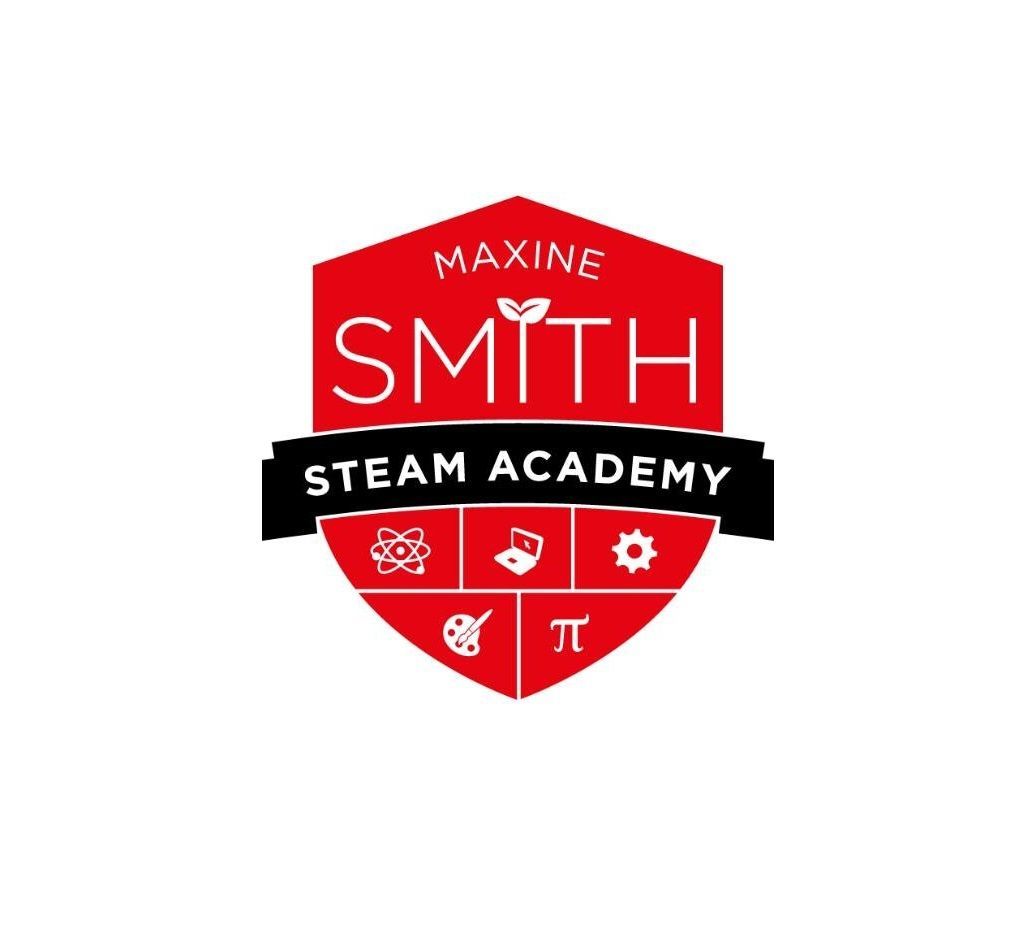Language Arts in the STEM Classroom: Vanessa Greenlee Reflects on Year One
“These kids have learned so much,” I think to myself as I watch my 7th graders present their last STEM projects of the year to an audience of external evaluators. Board of Education members, reporters, engineers, scientists—all keep approaching me with wonder on their faces to report how thoughtful and provoking the students’ designs are after they re-engineered some fourteen commonly-used household items.Read more The post Language Arts in the STEM Classroom: Vanessa Greenlee Reflects on Year One appeared first on Tennessee STEM Innovation Network.
This reflection piece is from Vanessa Greenlee , 7th grade Language Arts teacher at Innovation Academy of Northeast Tennessee , the TSIN Platform School in the Tri-Cities area. Reprinted with generous permission of the ETSU Northeast Tennessee STEM Innovation Hub.
“These kids have learned so much,” I think to myself as I watch my 7th graders present their last STEM projects of the year to an audience of external evaluators. Board of Education members, reporters, engineers, scientists—all keep approaching me with wonder on their faces to report how thoughtful and provoking the students’ designs are after they re-engineered some fourteen commonly-used household items.

External judges evaluated the product modifications and the students’ application of the Engineering Design Process.
Ritz crackers housed in an Oreo-style tray for ease of access, nail clippers enhanced with an adhesive sandpaper strip to improve the grip, deodorant applicators with a small loop applied to the inner-most plastic seal to make the container easier to open—all have been designed by our 7th grade engineering teams with a researched target user in mind. These student-improved product prototypes were created with materials bought through purchase orders that the students requisitioned themselves, and then the prototypes were tested, modified, and retested using testing procedures that the students designed. It’s all pretty impressive work for twelve- and thirteen-year-olds.
I grin with pride as I see one of my students walk several steps forward to extend a hand and confidently draw the next evaluator into the fold of his team’s ready presentation pitch. It was not that long ago—August, to be exact—when many of these same students were shaking with anxiety at the prospect of presenting their itineraries for an Olympic recruiting trip to a group of adult coaches. In class I tell my students, “In business and in industry, it doesn’t matter how impressive your idea is if you can’t communicate it intelligently to the right audience.” Everyone in this exhibition hall today is noticing how much more confident our Innovation Academy (IA) students are with their communication skills compared to where they were last fall.
As I watch, I am so proud of the language arts skills my students have gained.
I’m not sure how common it is to think of a language arts teacher as being relevant to a premier middle school STEM academy. The truth is, I’ve learned this year that the role of

Students use Vernier force probes to test the force required to open a traditional can of soup vs. their modified product packaging.
the language arts teacher in a STEM program is nothing short of essential. My job is to help these STEM students gain the collaboration and communication skills they need to bring their science, technology, engineering, and math skills to fruition in the marketplace of the 21st century.
Each of the eleven STEM curricular units we’ve designed this year at IA have contained an integral English Language Arts component. For example, as part of our Agriculture Unit, students learned to write attention-getting hook sentences and use an inverted pyramid organizational structure to write newsletter articles about our 500 rainbow trout eggs. As part of the Fossil Fuels Unit, students designed drills and then used text features such as titles, subtitles, captions, and sidebars to write about their prototypes in a clear and organized way. After our Transportation Unit, students presented vehicle modifications to the Army Corp of Engineers and learned valuable presentation lessons about tone, transitions, and anticipating an audience’s needs.
A growing body of educational research is beginning to confirm the relevance of writing and communication instruction in the 21st century STEM classroom. For example, Dr. Judy Willis of UC Santa Barbara has recently published a thought-provoking paper entitled “ Writing Sprouts Conceptual Brain Networks from the STEM of Math and Science ” [ PDF link, p.11 ]. Willis attests that “through writing, students can increase their comfort with and success in understanding complex material, especially when the subject has unfamiliar concepts and subject specific vocabulary.” Our work at Innovation Academy this year incorporating the English Language Arts into STEM studies certainly supports Dr. Willis’s findings.
The exhibition hall is beginning to clear now, and one of my 7th grade students approaches me, his face beaming. “Mrs. Greenlee, we followed up with the mayor and asked him for a business card. Our group wants to network with him some more about his ideas for communicating our Ritz packaging modification to Nabisco!” These are exactly the presentation and communication skills the marketplace is telling educators that we need to cultivate in students to build a stronger STEM workforce.
I’m thinking that for tomorrow’s STEM lesson, students will study the appropriate tone and formatting one should use when writing a business email. It’s true—at Innovation Academy our kids are learning about science, technology, engineering, math, and so much more. I am thrilled to be along for the ride.

Students take photographs of their modified hairbrush for the Testing Procedures component of their display boards.
The post Language Arts in the STEM Classroom: Vanessa Greenlee Reflects on Year One appeared first on Tennessee STEM Innovation Network.
